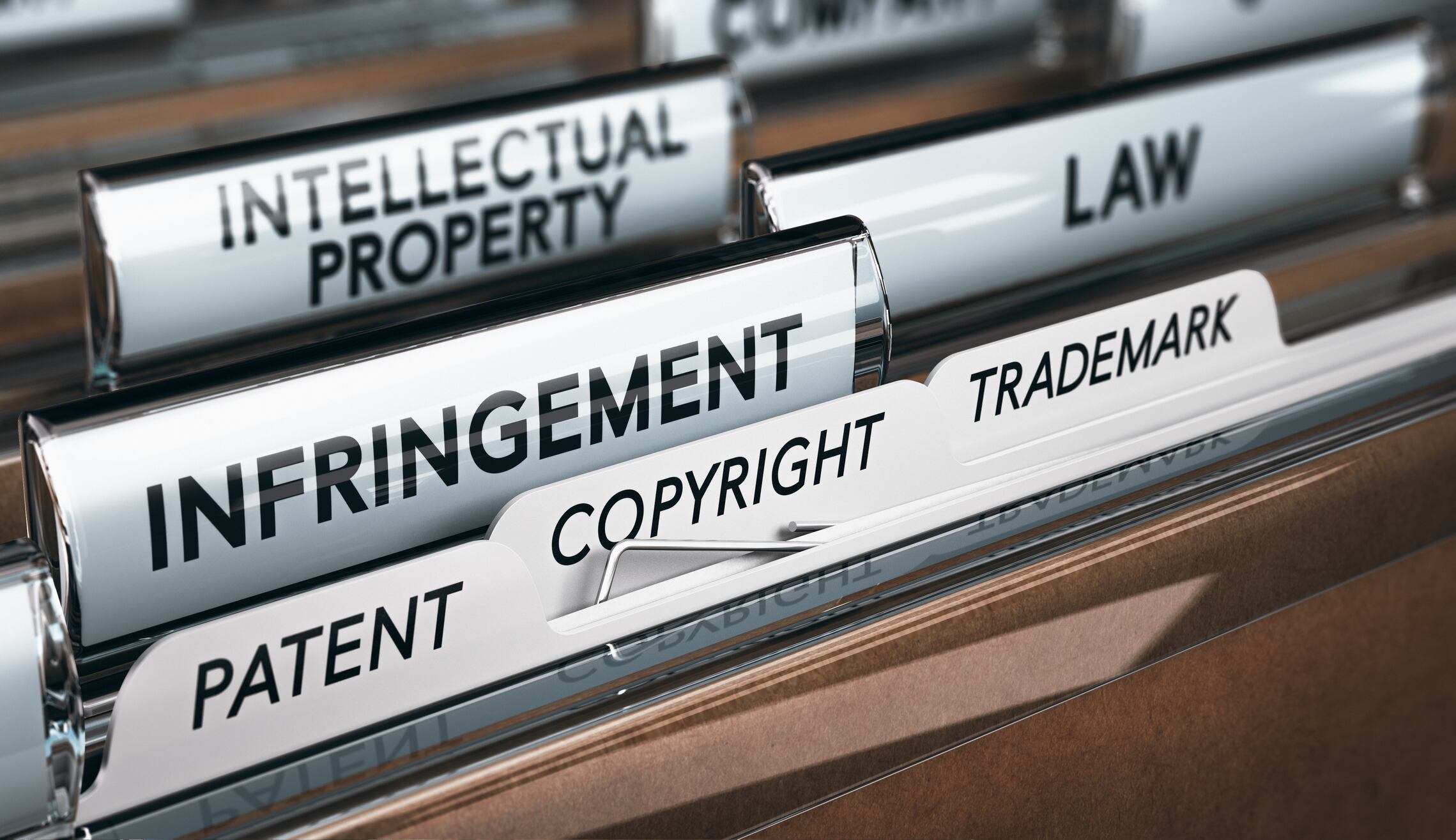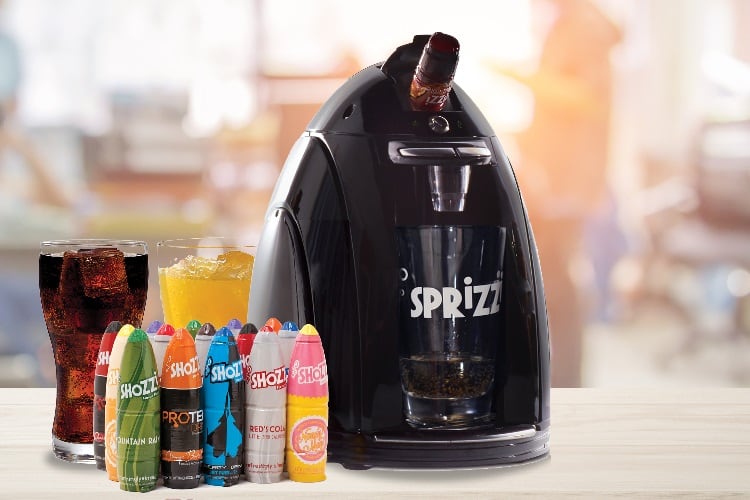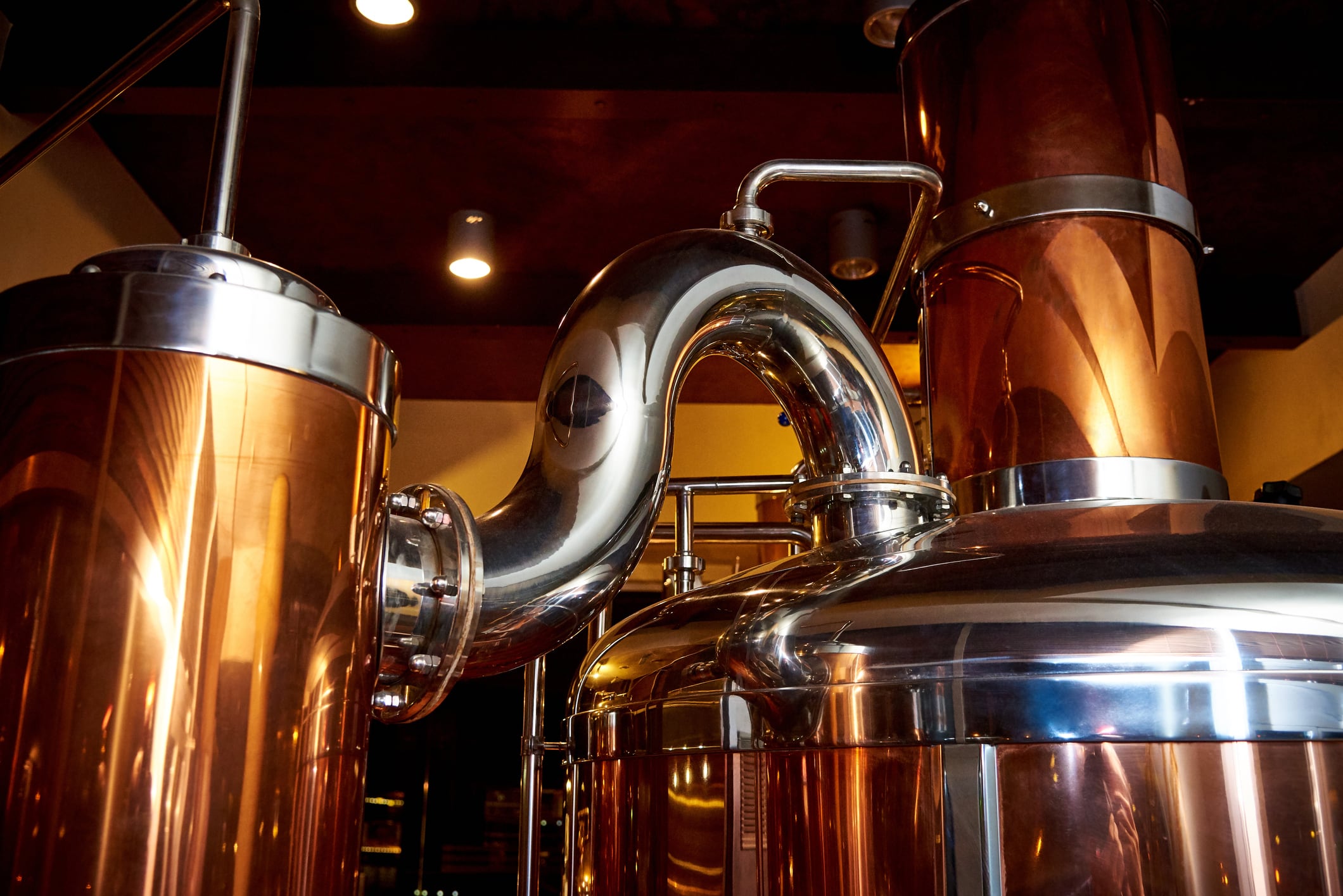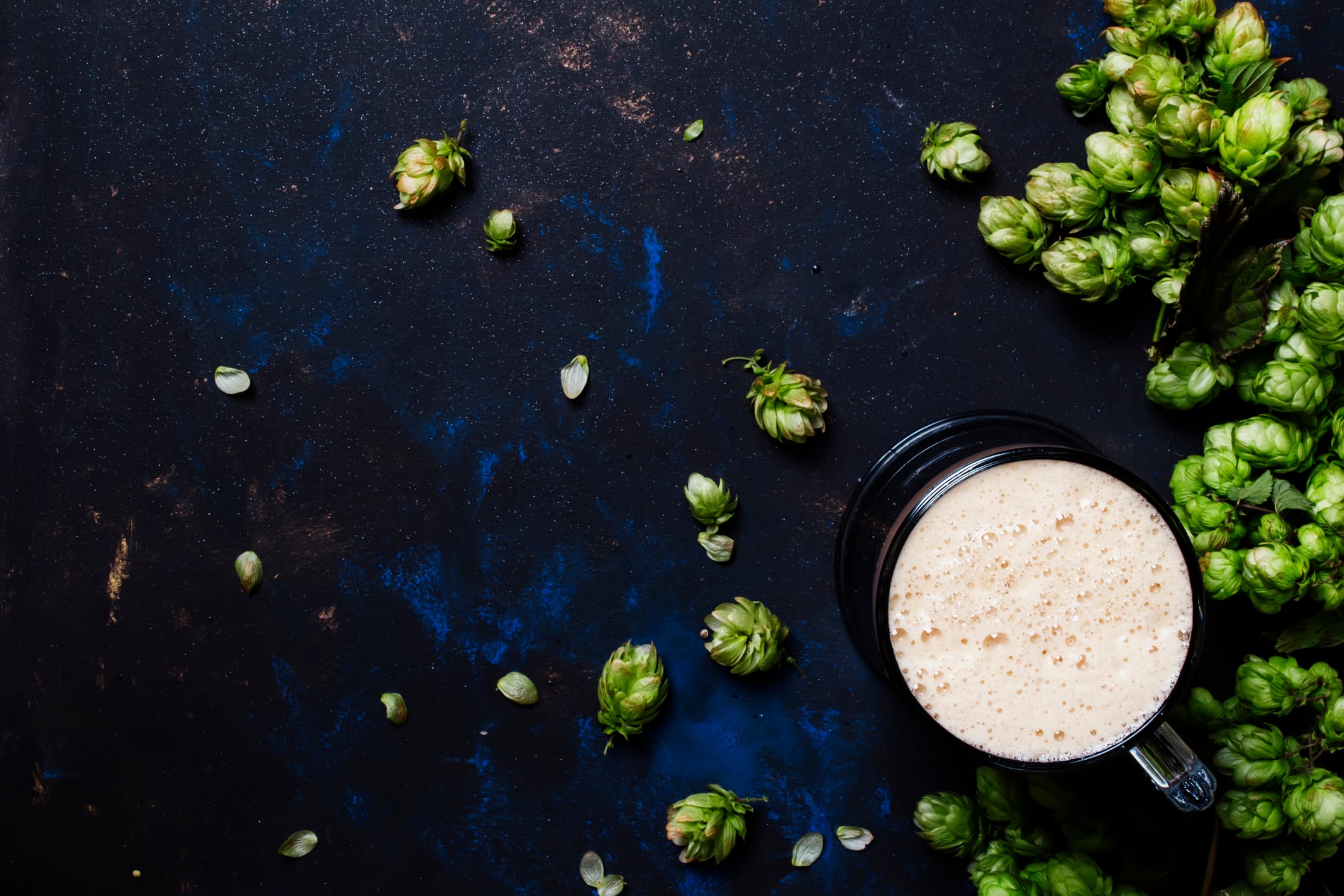With craft brewers’ guerilla-style approach to business, as well as their penchant for evocative imagery and irreverent names for their libations, some have found themselves in court for borrowing elements of band or song titles—cribbed for visibility in an increasingly crowded market.
Take for example, Guns N’ Roses’ recent lawsuit against Colorado brewer Oskar Blues over its Guns ‘N’ Rosé ale. That complaint, filed in May, alleges the name confuses drinkers by insinuating a legitimate connection to the band.
And consider the multitude of products often associated with unique or popular brews, such as t-shirts, cups, hats, hoodies, and even events, and the potential for damages reaches larger proportions. Guns N’ Roses have agreed to a confidential settlement.
Damage calculations in situations involving infringing use of IP typically measure either the lost profits of the IP owner, or the profits unfairly retained by the infringing party as a result of the infringement.
In situations like the Gus N’ Roses lawsuit, the IP owner has not realized an amount of profits it would have otherwise achieved, or the alleged infringer has achieved profits due to its infringement of the IP owner’s exclusive right.
Typically, a damages analyst will investigate both the amount by which financial performance of the IP owner has declined due to the alleged infringement, as well as the financial performance of the infringing party.
Beyond Beer
In a similar case, we were hired to calculate damages against a brewer accused of using the name and likeness of a world-renowned musician outside the scope of a vague licensing agreement.
In this case, not only was the brewery marketing a beer associated with the composer’s intellectual property, but it had inked deals to be the official brewing partner for several high-profile music festivals.
Calculating lost profits associated with a single beer are pretty clear cut—absent an apportionment analysis (which assigns ratios to the contributions of individual assets to revenue), brewers can be liable for the entire amount of income retained from beer sales associated with improperly used IP.
However, by leveraging a music artist’s IP, brewers often gain access to additional revenue streams that enable them to sell more beer and accessories; calculating the damages associated with these is more complicated.
To calculate these additional damages, a royalty base (profit from sales of the beer and related products) and reasonable royalty rate must be determined. The industry standard is 8–10%[1], with many factors driving the royalty rate to the lower or higher end of the spectrum.
Although the range seems narrow, we have seen royalties from ancillary beer products range from 10% - 20%, emphasizing the impact of careful damages analysis, which can be very costly—or profitable—depending which side you’re on.
A fun - or costly - idea?
Without proper rights—and documentation—a name that probably started as a fun idea over the mash tuns can cost businesses millions of dollars.

Although casual collaboration is a tradition in craft brewing, it’s not as accepted in other industries. When selecting product names and graphics, steer clear of protected proper names and likenesses unless you intend to formally license them.
Also, when making agreements—even with people you personally know and trust—make sure to get it in writing and ensure it covers every potential use of the name in your products.
About the author: Doug Bania is a founding Principal of Nevium Intellectual Property Consultants based in San Diego, CA which specializes in IP valuation and expert testimony. Doug is a damages and licensing expert for brand, trademark, copyright and publicity rights disputes.
[1] thelicensingletter.com




